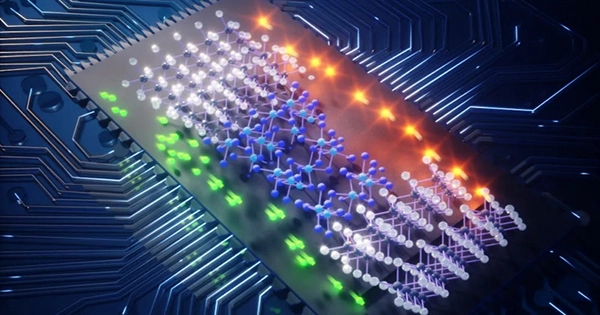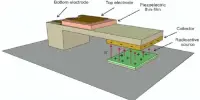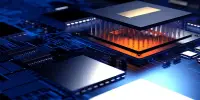Researchers have found one-way superconductivity without the need of magnetic fields, removing a major roadblock to superconductivity transforming the electronics sector. Using 2D quantum materials, the researchers were able to allow electricity to travel just one way through a superconducting material without any energy loss, allowing electronics to become orders of magnitude quicker than what is now achievable with semi-conductors. Their findings were published in the scientific journal Nature.
“If the twentieth century was the century of semi-conductors, the twenty-first century may be the century of superconductors,” said Professor Mazhar Ali, the paper’s first author. In the field of electronics, superconductivity is unlike any other aim. When a substance cools below a “critical” temperature (about 269°C), it transforms into a superconductor, allowing electricity to flow freely through it. This enables super-fast data transport, energy efficiency not attainable with current technologies, and a slew of additional benefits.
Superconductivity was discovered in 1911, but research has been hampered by two main issues: because there is no resistance in the material, making an electric current flow in only one direction was thought impossible without magnetic fields; and superconductors must be cooled to almost absolute zero to function, which requires a lot of energy. The first problem is a stumbling block for superconductivity in electronics. Electric currents run through transistors to turn them “on” or “off,” which is then transformed into “machine code,” also known as binary, in modern computers. It would not make for a very functioning computer if these currents were permitted to flow in whatever way they pleased.
Despite IBM’s best efforts, the corporation deemed superconducting computers unachievable in 1970 if the problem was not overcome. In what may be a watershed moment for the development of superconducting computers, a team of researchers from Germany, the Netherlands, and China has proved that electricity can move through superconductors in one direction under the appropriate conditions without the need of magnetic fields.
Even better, the research was done with “high-temperature superconductors,” which can be cooled with liquid nitrogen. “Many technologies, like as MRI, are based on older generations of JJ superconductors. In addition, today’s quantum computing is built on Josephson Junctions,” Ali explained.
“With this building block, technology that was previously only conceivable using semiconductors could now be built with superconductors.” This includes faster computers, such as those with speeds of up to terahertz, which are 300 to 400 times faster than the computers we now use. This will have an impact on a wide range of social and technical applications. If the twentieth century was the century of semiconductors, the twenty-first century has the potential to be the century of superconductors.”
















